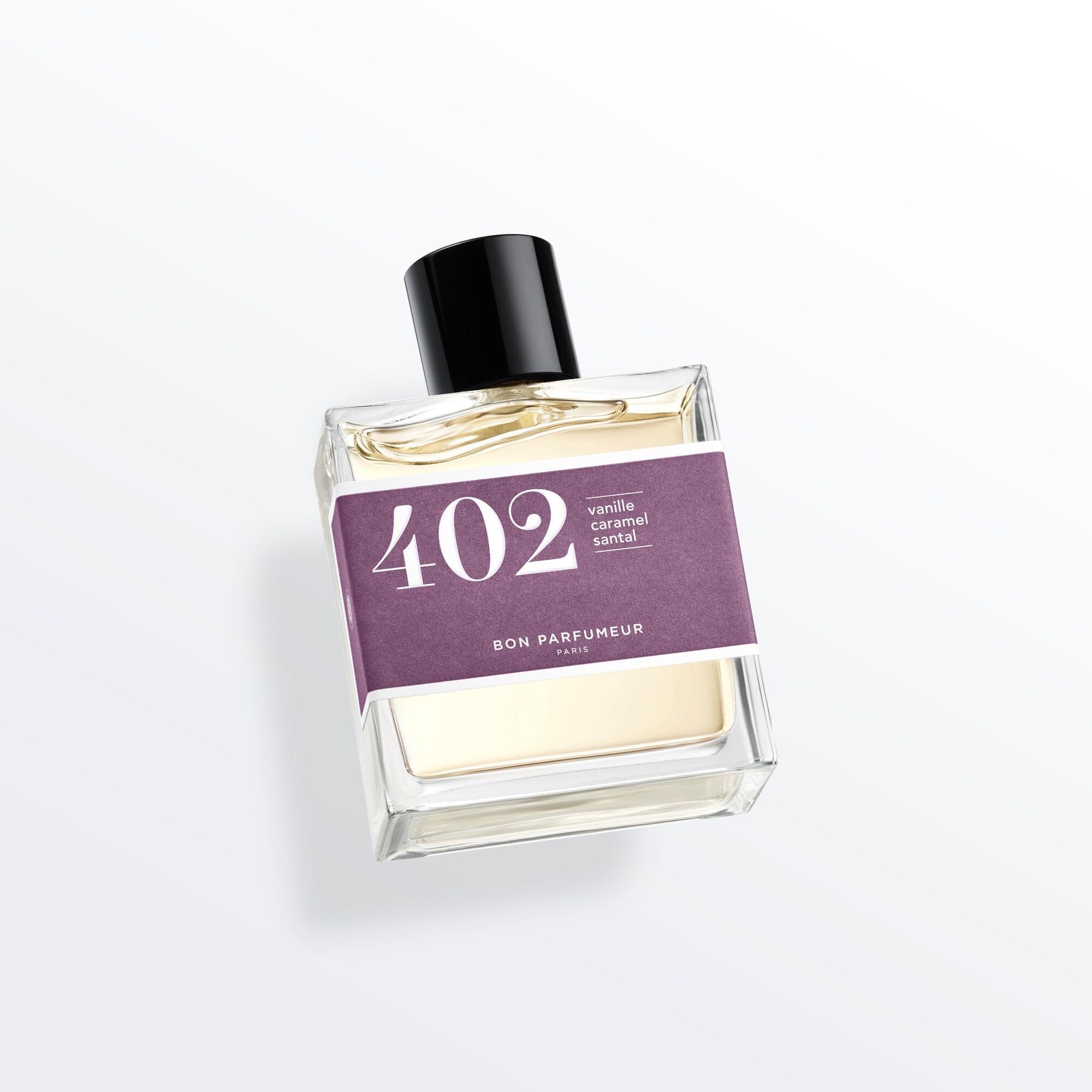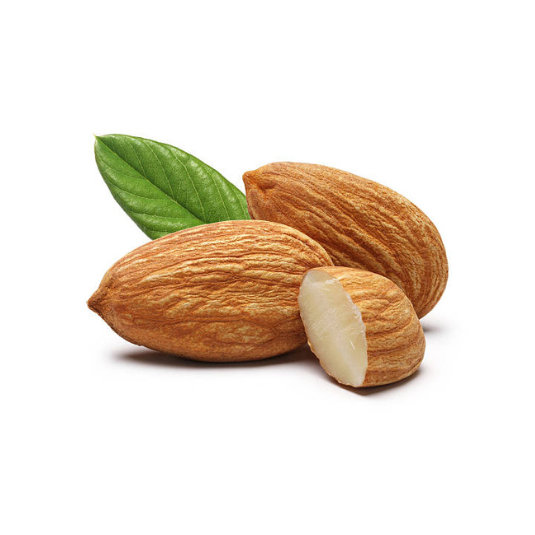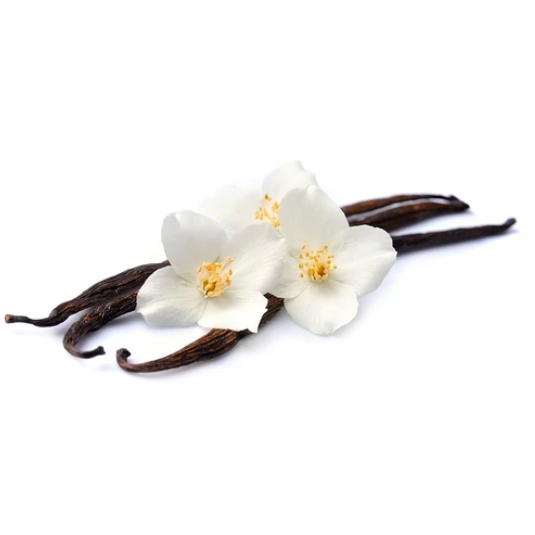What does the word "sorbet" mean?
The word "sorbet" entered the English language through French and can be traced back to its origins in the Italian word "sorbetto." The Italian term, in turn, was influenced by the Ottoman Turkish or Iranian word "sharbat," which initially referred to a type of beverage.
The root of the word "sharbat" can be found in the Arabic verb "shariba," which translates to "to drink." In the Middle Ages, during the Arab expansion and cultural exchanges, the word "sharbat" was introduced to various regions, including Mediterranean cultures like the Ottomans and the Italians.
As it made its way into different languages and cultures, the concept of "sharbat" evolved into a frozen, sweetened, and flavored dessert in Italy, known as "sorbetto." This frozen treat, with its origins in the Middle East and brought to Europe through trade and cultural connections, became popular and eventually found its way into the English language as "sorbet."
In the beginning…
The history of sorbet dates back to antiquity, with uncertain origins in China, Persia (now Iran) and India. These cultures used snow or ice to mix with fruits, juices or honey, creating icy, refreshing drinks. Sorbet then spread to the Middle East, Egypt and the Roman Empire.
In the Middle Ages, sorbet gained popularity in Europe thanks to Arab and Persian influences. It was often used as a treat for nobles and kings. Over time, sorbet evolved, using a variety of exotic ingredients and spices. With the arrival of sugar cane in Europe, sorbet acquired a sweeter flavor. By the Renaissance, sorbet recipes were popular throughout Europe. Sorbet became a culinary specialty at royal courts, using exotic fruits and expensive spices. Today, sorbet is enjoyed all over the world in many flavor variations, bringing freshness and fruity flavors without fat or dairy products. It has become a popular dessert and an ice-cream option appreciated by ice cream and light dessert lovers alike.
What do you know about sorbet in perfumery?
In perfumery, sorbet-flavored fragrances leave a sweet, ultra-gourmand trail. The melt-in-the-mouth olfactory notes evoke summer or vacation. Perfumers are particularly fond of apricot, lemon, pear, grapefruit and coconut. Coconut brings a fruity, sunny, milky and gourmand tone to the base note, obtained by extracting coconut pulp. The most common sorbet fragrances are grapefruit, coconut, lemon, red fruit, passion fruit and pear. A true invitation to summer pleasures.
In perfumery, sorbet is an olfactory note that evokes the freshness and indulgence of frozen desserts. Fragrances with sorbet accords give off a sparkling, fruity sensation, recalling the refreshing flavors of fruit sorbets such as strawberry, raspberry, lemon, grapefruit, pineapple, coconut, lychee, passion fruit, peach, apricot and many others. These fragrances offer a light, pleasant summer olfactory experience, reminiscent of moments of pleasure under the sun.
Olfactory accords with sorbet in perfumery are often centered around fruity, fresh and gourmand notes. Here are a few accords commonly used to evoke the essence of sorbet:-
• Fruity notes: Fresh fruits such as strawberry, raspberry, lemon, grapefruit, pineapple, pear, lychee, passion fruit, peach, apricot, cherry, and many more.
• Green and herbaceous notes: To reproduce the fresh, invigorating effect of sorbet, green notes such as mint, coriander, verbena or basil are sometimes used.
• Milky notes: To accentuate indulgence, milky notes such as vanilla, coconut or milk can be incorporated into the accord.
• Sweet notes: Sweet notes such as cane sugar, honey or caramel can be used to enhance the sorbet's gourmand sensation.
Les parfums mythiques au sorbet
• Eau de toilette Blow It Up de Thierry Mugler
• Eau de parfum Olympéa Blossom de Paco Rabanne
• Eau de toilette Very Irresistible Summer Sorbet de Givenchy
• Eau de toilette Les Sorbets de Nina Ricci















